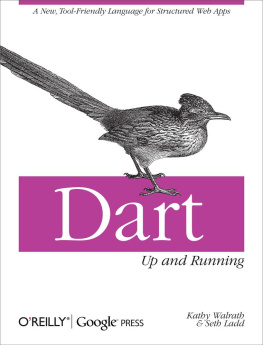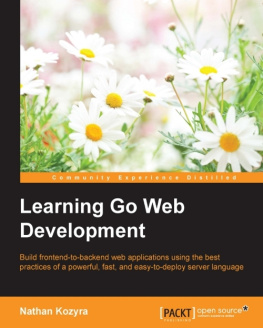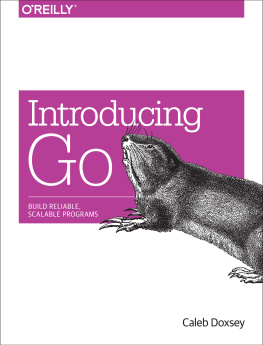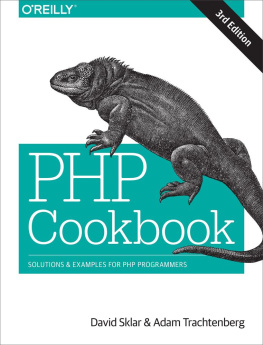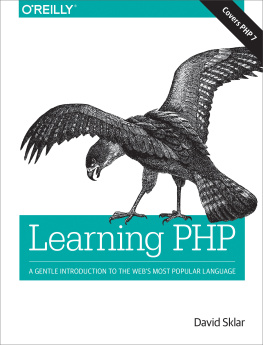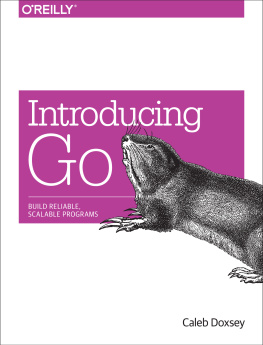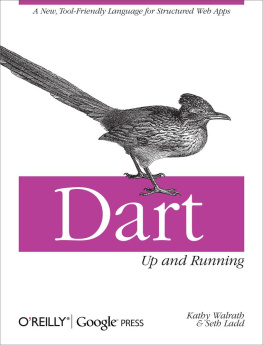Sklar D. - Learning PHP: A Gentle Introduction to the Webs Most Popular Language
Here you can read online Sklar D. - Learning PHP: A Gentle Introduction to the Webs Most Popular Language full text of the book (entire story) in english for free. Download pdf and epub, get meaning, cover and reviews about this ebook. genre: Computer. Description of the work, (preface) as well as reviews are available. Best literature library LitArk.com created for fans of good reading and offers a wide selection of genres:
Romance novel
Science fiction
Adventure
Detective
Science
History
Home and family
Prose
Art
Politics
Computer
Non-fiction
Religion
Business
Children
Humor
Choose a favorite category and find really read worthwhile books. Enjoy immersion in the world of imagination, feel the emotions of the characters or learn something new for yourself, make an fascinating discovery.
Learning PHP: A Gentle Introduction to the Webs Most Popular Language: summary, description and annotation
We offer to read an annotation, description, summary or preface (depends on what the author of the book "Learning PHP: A Gentle Introduction to the Webs Most Popular Language" wrote himself). If you haven't found the necessary information about the book — write in the comments, we will try to find it.
Whether youre a hobbyist looking to build dynamic websites, a frontend developer ready to add server-side programs, or an experienced programmer who wants to get up to speed with this language, this gentle introduction also covers aspects of modern PHP, such as internationalization, using PHP from the command line, and package management. Learn how PHP interacts with browsers and servers
Understand data types, variables, logic, looping, and other language basics
Explore how to use arrays, functions, and objects
Build and validate web forms
Work with databases and session management
Access APIs to interact with web services and other websites
Jumpstart your project with popular PHP web application frameworksAbout the Author
David is an independent consultant focused on technical assistance for growing startups: architecture and strategy for platform development and API design, technical due diligence on both humans and software, and tactical software engineering. Hes the author of Learning PHP 5, Essential PHP Tools, and co-author of PHP Cookbook. His scintillating blog is at http://www.sklar.com/blog/. David lives in New York City and has a degree in Computer Science from Yale University.
Sklar D.: author's other books
Who wrote Learning PHP: A Gentle Introduction to the Webs Most Popular Language? Find out the surname, the name of the author of the book and a list of all author's works by series.




